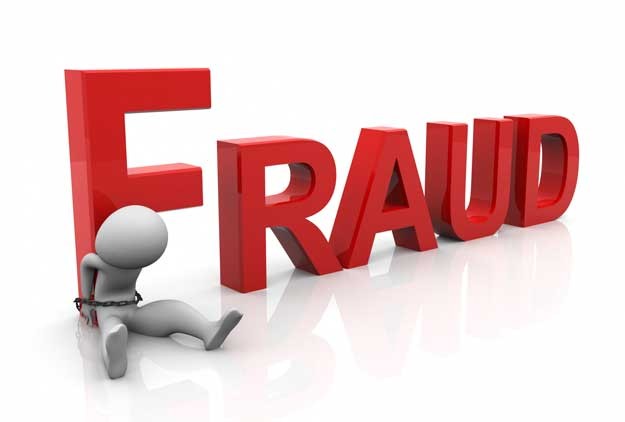Investing Scams 4 Fraud Traps to Avoid
Post on: 17 Июнь, 2015 No Comment

Recent Posts:
Confessions of a RIMM Value Trap Victim
Investing Scams 4 Fraud Traps to Avoid
Investing scams have a long history. In 1919, as the stock market began to fall, an Italian immigrant named Charles Ponzi claimed to strike gold in international postal-reply coupons. Prices of postage varied from one country to another, so there appeared to be an arbitrage opportunity buy postal coupons abroad, where they were cheap, and redeem them in the United States, where they cost several times as much. Ponzi started advertising his services, promising investors a 50% return in as little as 45 days.
Problem was, Ponzi didnt pay off his investors with actual profits. He paid them with the money from other investors. When too many people tried to cash in at once, the scheme collapsed. Victims were lucky to get back 30 cents on the dollar. Asked to explain his actions, Ponzi reportedly said, The public deserves exactly what it gets. No more, no less.
Ponzis words may seem cruel and remorseless, but theres an important lesson here: The only person you can really count on to protect you from bad investments is you. In todays tough market, people are more eager than ever to find safe ways to make and preserve money. But that also means were more susceptible to pitches that seem and often are too good to be true.
These opportunities may range from outright fraud to a legal financial product whose chances of success are stacked against you.
Here are some telltale signs of an investment rat and what you can do to pick up the scent before you become a victim:
Investment Scam #1: Its Guaranteed
Guarantees are beguiling, and a typical tool in investment scams. Get the profits you want, minus the risk you fear. But a guarantee is nothing more than a promise, and a promise is only as good as the integrity of the party making it. Scammer R. Allen Stanford lured 30,000 customers to place $8 billion of certificates of deposit with his Antigua-based Stanford International Bank. His bait? Abnormally high interest rates, often double or triple what stateside banks were paying on the same maturities. However, Stanfords bank wasnt insured by the FDIC, and its books were audited by a tiny Antiguan accounting firm. Stanford insiders, family and friends dominated the banks seven-member board. Surprise! The banks guarantees turned out to be worthless.
Just as important to look out for are uncannily smooth returns, which give the implication of a guarantee. Stanfords bank told customers it had earned investment returns between 10.3% and 15.1% every year from 1995 through 2008 despite two severe bear markets for global equities, and a historic downturn for real estate, during that period.
Bernie Madoff, whose own scheme came to light in the midst of the 2008 financial crisis, didnt outright guarantee wild returns. Instead, he fabricated account statements to show a more modest but impossibly consistent return of about 1% per month even when the market tanked. Too smooth is a red flag with investments as well as people.














